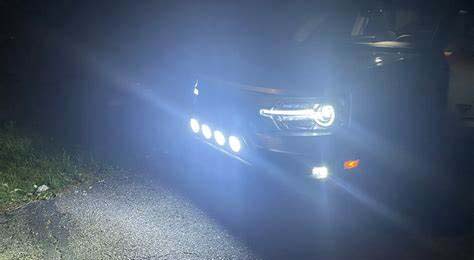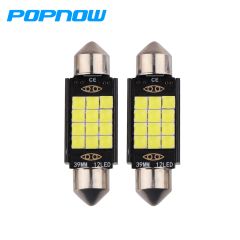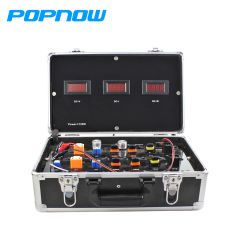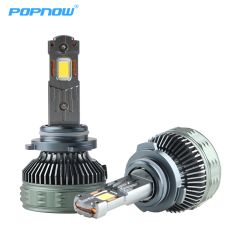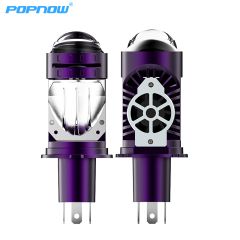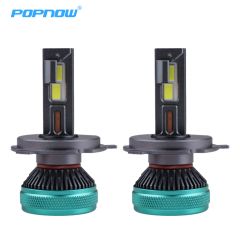There are many benefits of the Light Emitting Diode lighting.
Lifespan
An average LED lasts for 50000 – 100000 operating hours. This is 2 to 4 times longer than metal halide, fluorescent, or sodium vapor lamps. And more than 40 times longer than the incandescent tungsten lamps. This means you need to replace them less frequently; they are low maintenance leading to a reduction in labor and other costs.
Energy-efficient
LED lamps consume 90% less energy while producing more light making them energy efficient. They bring luminous efficacy to the lighting solutions. Energy efficiency and luminous efficacy describe the amount of light emitted per watt.
Safe
Incandescent bulbs emit heat – this is because the light is being produced to the resistance in the tungsten filament. This converts 90% of electricity into heat while only 10% is used to produce light. In the case of LED lights, there is no heat and bright light is produced at low voltages making them safe. There is no fire hazard or the risk of electrocution.
Small size
LED lights are tiny. Small devices can be 10th of mm2 while large ones can be just a mm2. This miniaturization besides the above-mentioned properties has made them adaptable to many illumination applications. They are used in headlights, traffic signals, mood lighting, stadium lighting, etc.
Color Rendering Index (CLED vs HID Headlights in 2020RI) – is the measurement of the light’s ability to show the actual color of the object. This index is comparable to the actual light or natural light. The best way to appreciate this characteristic of LEDs is to compare the rendering with that of a sodium lamp or tungsten lamp which may be monochromatic. LEDs produce 65– 95% true color.
Directional Emission
LEDs emit light in 180 while other types of lighting emit 360. This necessitates the use of reflective or redirecting devices such as a cone. This results in an additional cost and loss of efficiency of lighting. The LED emits light in the required direction and no losses or additional costs.
Design Flexibility
Due to their tiny size and directional emission LEDs can be used anywhere. They can be combined into a bunch or assembly to emit a bright clear rendering like daylight. Or they can be used as a single LED in an isolated device or strung up in a wire in a sequential manner. The design possibilities are myriad.
Solid State Lights (SSL)
As LEDs are SSL, they do not require a glass bulb around them. These glass bulbs are fragile and need to be handled with care. There is no such issue with the LED lights.
Dimming capability
While you are driving in the dark you may need bright headlights or you may need dimmers. LED lights can be operated at any percentage from 0 – 100%. Specific hardware is required to brighten or dim these lights. The advantage is that as less power is passing through them their lifespan is increased. Besides, they operate at better efficiency.
Instantaneous switch on
LEDs turn on immediately – no warm-up period is required. And they can be turned on and off – made to blink – without degradation in the device.
Eco-friendly
These lights do not heat up, have no emissions nor leave any residue. They last longer than the mercury vapor, fluorescent, or halide lamps.
Visible spectrum
LEDs produce most of their light in the visible spectrum there is a minimal amount of infrared or ultraviolet light. This means these lights can be used to illuminate items sensitive to degradation by these LED vs HID Headlights in 2020spectra like art and paintings.
Low voltage
As these lights use very low voltage, they can be used in flood zones and moist or rainy places without fear of electrocution.
Operating temperatures
LED lights can function well in high and low temperatures without degradation.
Correlated Color Temperature (CCT)
LEDs are available in a wide range of CCT values thus you get warm, cool, yellow light, white light, and other options too.

